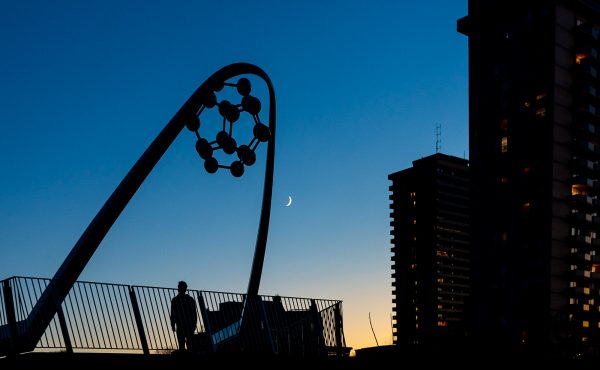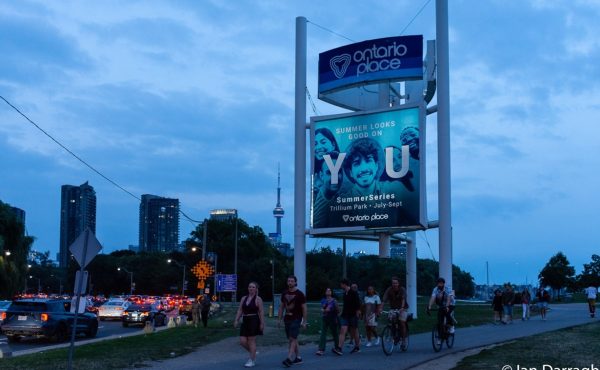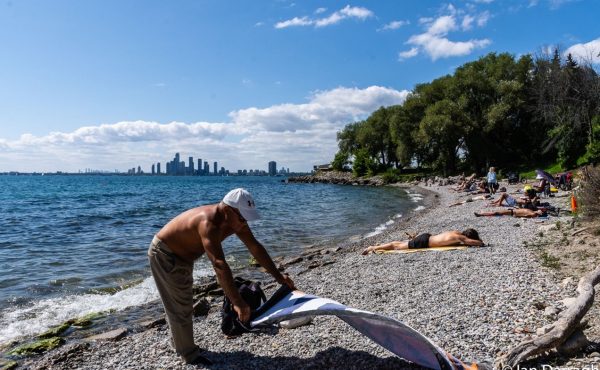
What kind of green space do you build in a city where there’s little open space and less green?
It’s an abstract question in Toronto, but the Lebanese landscape architect Vladimir Djurovic is struggling with it in Beirut. He makes a forceful case for public space — and green space, which is another issue. In a newspaper article, he argues for the importance of more green in a city with very little parkland. (According to the piece in Lebanon’s Daily Star, Beirut has just about 0.8 square meters of green space per person. Toronto has about 40 times that amount.)
Djurovic is designing the public gardens of Toronto’s Ismaili Centre and Aga Khan Museum in Don Mills, which I’ve written about previously.
In the news piece, Djurovic also talks about how public spaces can be meaningful and restful without being green.
He refers to Square Four, a park where a reflecting pool frames two ancient ficus trees in a gesture of respect to the city’s natural past – and the water captures reflections of the surrounding cityscape, with its mosques and churches and unpretentious apartment blocks. (It won an important landscape design award.)
The gardens in Don Mills will be much larger, but they’ll help to buffer the Aga Khan centre from the impact of an expressway (the DVP), and it looks as Djurovic is using some of the same design vocabulary. It should be very interesting to see some unfamiliar, sophisticated ideas in landscape design take root here.
(Although, for a Toronto counterpart, there’s Cloud Gardens just off Bay Street downtown, designed by Barry Sampson of Baird Sampson Neuert. A very different design language but likewise it’s a wonderful place to linger and enjoy the quiet right in the middle of Toronto’s skyscraper canyon.






